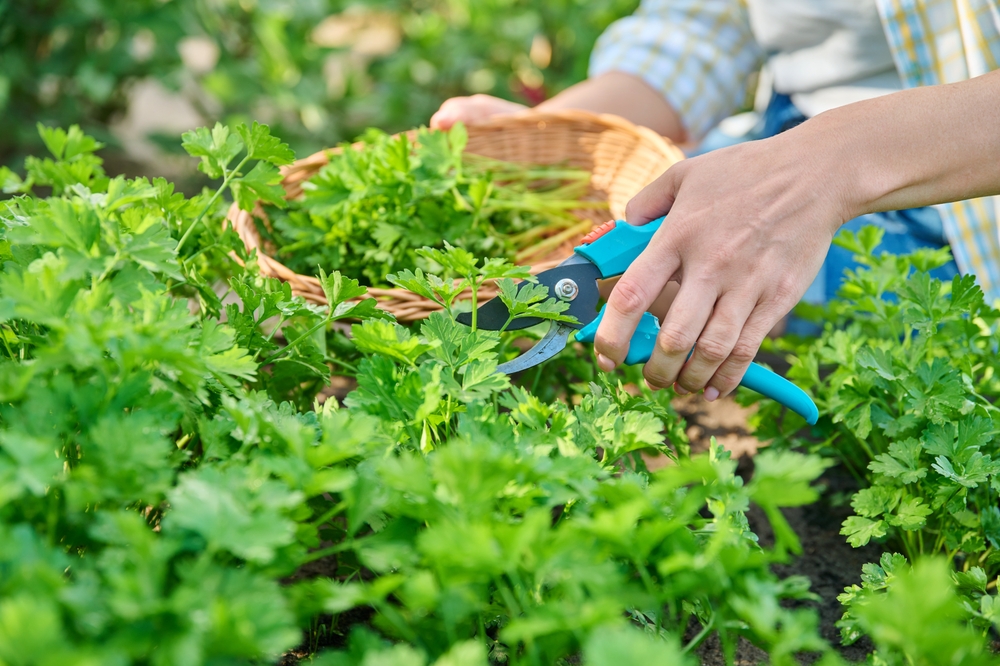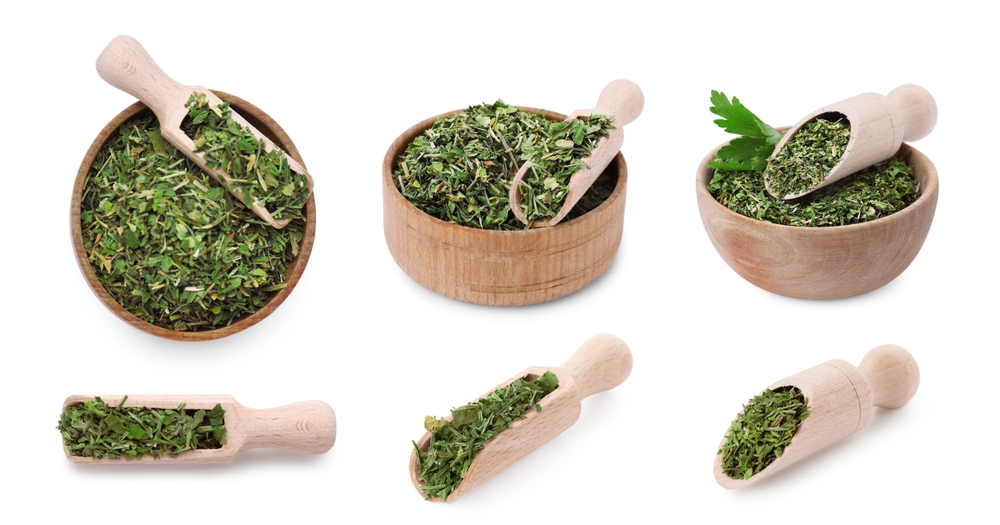Parsley (Petroselinum crispum) is a widely appreciated herb known for its culinary and medicinal uses. Its cultivation in Egypt has deep historical roots and modern significance, contributing to both local cuisine and the agricultural economy. This essay explores the cultivation of parsley in Egypt, examining its historical context, cultivation practices, economic importance, and future prospects, including the growing significance of dried parsley.

Historical Context
Parsley has been grown in Egypt since ancient times. The herb, believed to have originated in the Mediterranean region, was used by ancient Egyptians not only as a culinary herb but also for its medicinal properties. It was often utilized in traditional remedies for various ailments and as a garnish in a range of dishes. The enduring popularity of parsley in Egyptian cuisine highlights its historical and cultural significance.
Cultivation Practices
Parsley cultivation in Egypt is well-suited to the country’s climate and soil conditions. The herb prefers well-drained, fertile soil with a pH between 6.0 and 7.0, which is readily available in many parts of Egypt. The country’s moderate winter temperatures and long growing season provide an ideal environment for parsley to thrive.
Sowing and Germination: Parsley seeds are typically sown in the autumn months, from September to November. The seeds are planted about half an inch deep in rows spaced around 8-10 inches apart. Germination can take up to three weeks, and it is crucial to keep the soil moist during this period.
Growth and Maintenance: Once germinated, parsley requires regular watering, especially during dry spells. It is a hardy plant but benefits from occasional fertilization with organic matter to enhance growth. Weeding is necessary to prevent competition for nutrients and space.
Harvesting: Parsley can be harvested multiple times throughout the growing season. The first harvest usually occurs about three months after sowing. The leaves are cut from the outer edges, allowing the plant to continue growing and producing new foliage. This method of harvesting ensures a prolonged supply of fresh parsley.
Economic Importance
Parsley holds significant economic value for Egyptian agriculture. It is not only consumed domestically but also exported to various countries, contributing to the national economy. The demand for fresh herbs, including parsley, has been on the rise globally, driven by an increasing preference for fresh, healthy ingredients.
Export Market: Egypt exports a substantial amount of parsley to European and Middle Eastern markets. The country’s ability to produce high-quality parsley year-round gives it a competitive edge in the international market.

Dried Parsley: Dried parsley is an increasingly important product in the parsley market. The drying process involves dehydrating fresh parsley leaves to remove moisture while retaining flavor and nutrients. Dried parsley has a longer shelf life and is easier to store and transport, making it a valuable commodity for export. It is used in various culinary applications, such as seasoning blends, soups, and sauces.
Conclusion
Parsley cultivation in Egypt is a testament to the country’s rich agricultural heritage and its ability to adapt and thrive in modern times. With its favorable climate, dedicated farmers, and growing market demand, parsley continues to be a valuable crop for Egypt. The increasing significance of dried parsley highlights the potential for innovation and market expansion. By embracing technological advancements and sustainable practices, Egypt can further solidify its position as a leading producer and exporter of this versatile and nutritious herb.
